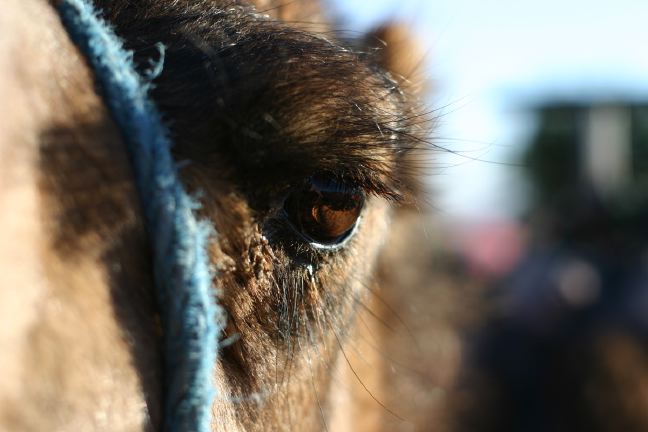I thought I should write something moral, so today I’m writing about the horrible statistics of tigers. As we all know they are on the endangered species list due to habitat destruction and poaching!!
But did you know in the last survey in India in 2007 there were only 1,400 animal remaining (that’s less than pandas!!).
Did you also know that there were at one point 8 different sub-species of tigers but now there are only 5? 3 species have become extinct in the 20th century thanks to humans.
Did you also know that there are more tigers in private captivity (as in people own them and not including zoos) than there are tigers in the wild? It’s estimated there are around 12,000 in the USA and 4,000 in Texas alone. Is that not disgusting? People keep these majestic animals in their back gardens while there are hardly any left in the wild!!! I think it’s truly sick that people feel the need to have such a beautiful animal just to make a statement about their own income and status!!
Just a little bit about tigers!!
Tigers are solitary creatures that live throughout Asia. They like to live in areas with good cover, a water source and lots of prey, so this tends to be around the edge of forests. They can grow to over 6 feet in length, 2-3 feet of which is their tail. They give birth to 2-3 cubs after a gestation period of about 16 weeks. The female then rears the cubs alone. The female can then mate again within 5 months, they are able to mate all year round but tend to between November and April. They can live up to 10 years in the wild and females are sexually mature at about 3 years old.
Another statistic for you; a genuine tiger skin coat will cost around about $10,000!! That’s also disgusting!!! I’m very fond of the quote (I’m not sure who said it):














